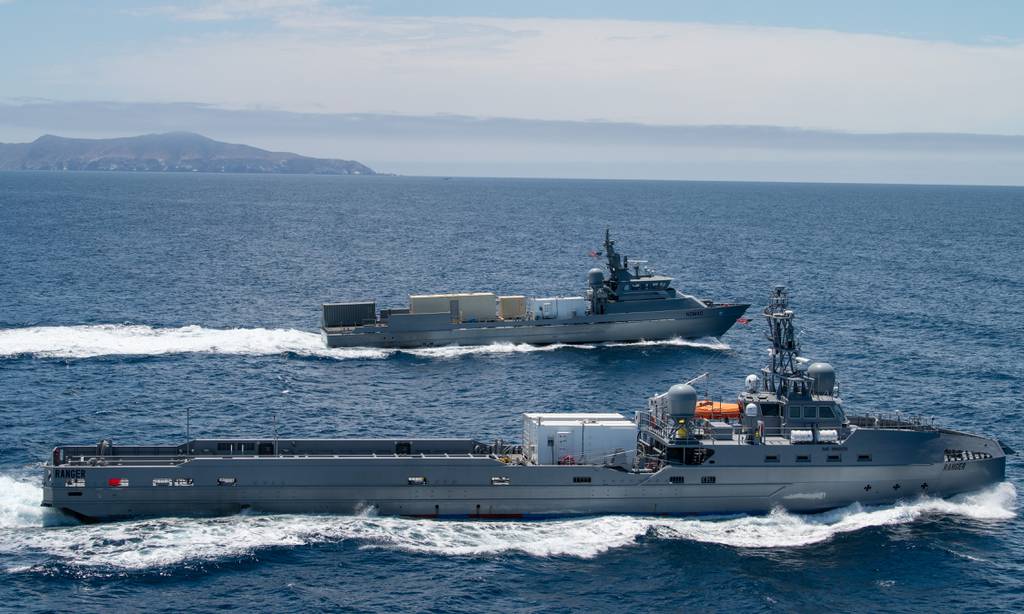In this article, we will explore effective strategies for coastal defense in naval combat. Protecting coastlines, harbors, and ports from enemy attacks is vital for the security and survival of a nation. Before developing strategies for coastal defense, it is important to understand the potential threats to a nation’s coastline, including enemy naval vessels, submarines, aircraft, and missiles. Defensive systems such as coastal artillery, anti-ship missiles, mines, naval patrols, and integrated defense systems are crucial for effective coastal defense. Additionally, the ability to repel amphibious assaults and joint operations between naval, air, and ground forces are essential components of a comprehensive coastal defense strategy. Effective defense measures are essential to protect a nation’s coastlines, harbors, and ports from enemy attacks.
Coastal Defense: Effective Strategies for Naval Combat
Introduction
Naval combat has played a crucial role in warfare for centuries, and coastal defense is a key component of naval strategy. Protecting coastlines, harbors, and ports from enemy attacks is vital for the security and survival of a nation. In this article, we will explore effective strategies for coastal defense in naval combat.
Understanding the Threat
Before developing strategies for coastal defense, it is important to understand the potential threats to a nation’s coastline. This could include enemy naval vessels, submarines, aircraft, and missiles. It is essential to assess the capabilities and intentions of potential adversaries to develop an effective defense strategy.
Defensive Systems
There are several defensive systems that can be employed for coastal defense. These include coastal artillery, anti-ship missiles, mines, and naval patrols. Coastal artillery can provide a formidable defense against enemy ships and can effectively control maritime traffic in a specific area. Anti-ship missiles can be used to target enemy vessels at long ranges, and mines can be deployed to deny access to certain areas or channels. Additionally, naval patrols can be used to monitor and defend coastlines from potential threats.
Integrated Defense Systems
Integrated defense systems combine various defensive measures to create a comprehensive and layered defense strategy. This could involve the coordination of coastal artillery, anti-ship missiles, mines, and naval patrols to create overlapping fields of fire and detection. Integrated defense systems also include the use of radar and surveillance technology to detect and track enemy threats, providing early warning and enabling a timely response.
Amphibious Assault Defense
Coastal defense also includes the ability to repel amphibious assaults by enemy forces. This requires the deployment of defensive measures such as coastal defense artillery, minefields, and naval patrols to protect against enemy landing forces. Additionally, the coordination with ground forces and air support is essential to effectively counter amphibious assaults.
Joint Operations
Coastal defense often involves joint operations between naval, air, and ground forces. Coordination and cooperation between different branches of the military are essential to create a unified and effective defense strategy. This could include the use of air support to defend coastlines, the deployment of ground forces to reinforce coastal defenses, and the integration of naval assets for a comprehensive defense.
Conclusion
Coastal defense is a critical aspect of naval combat strategy, and effective defense measures are essential to protect a nation’s coastlines, harbors, and ports. By understanding the potential threats, employing defensive systems, integrating defense measures, and conducting joint operations, coastal defense can be strengthened and made more resilient against enemy attacks.
